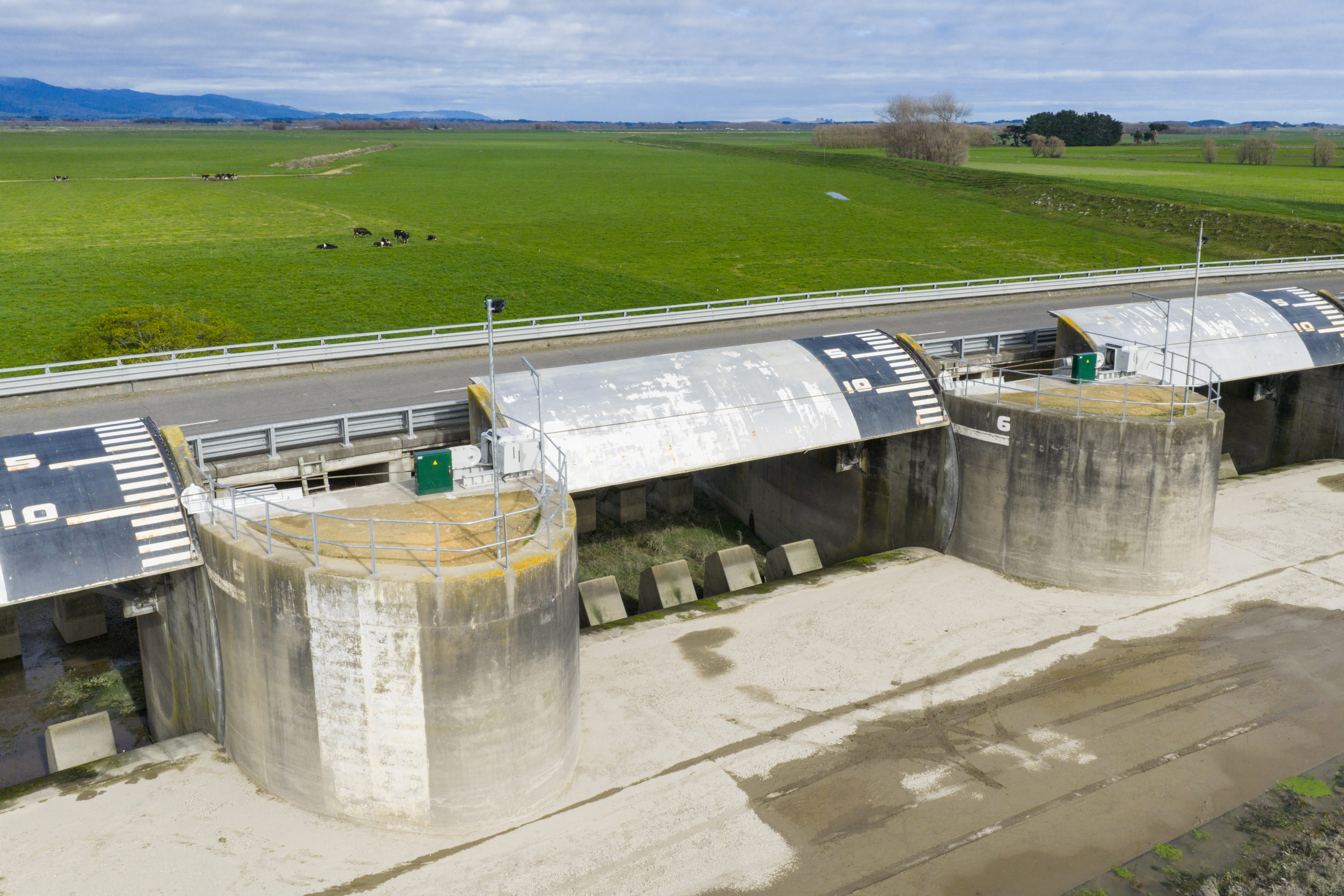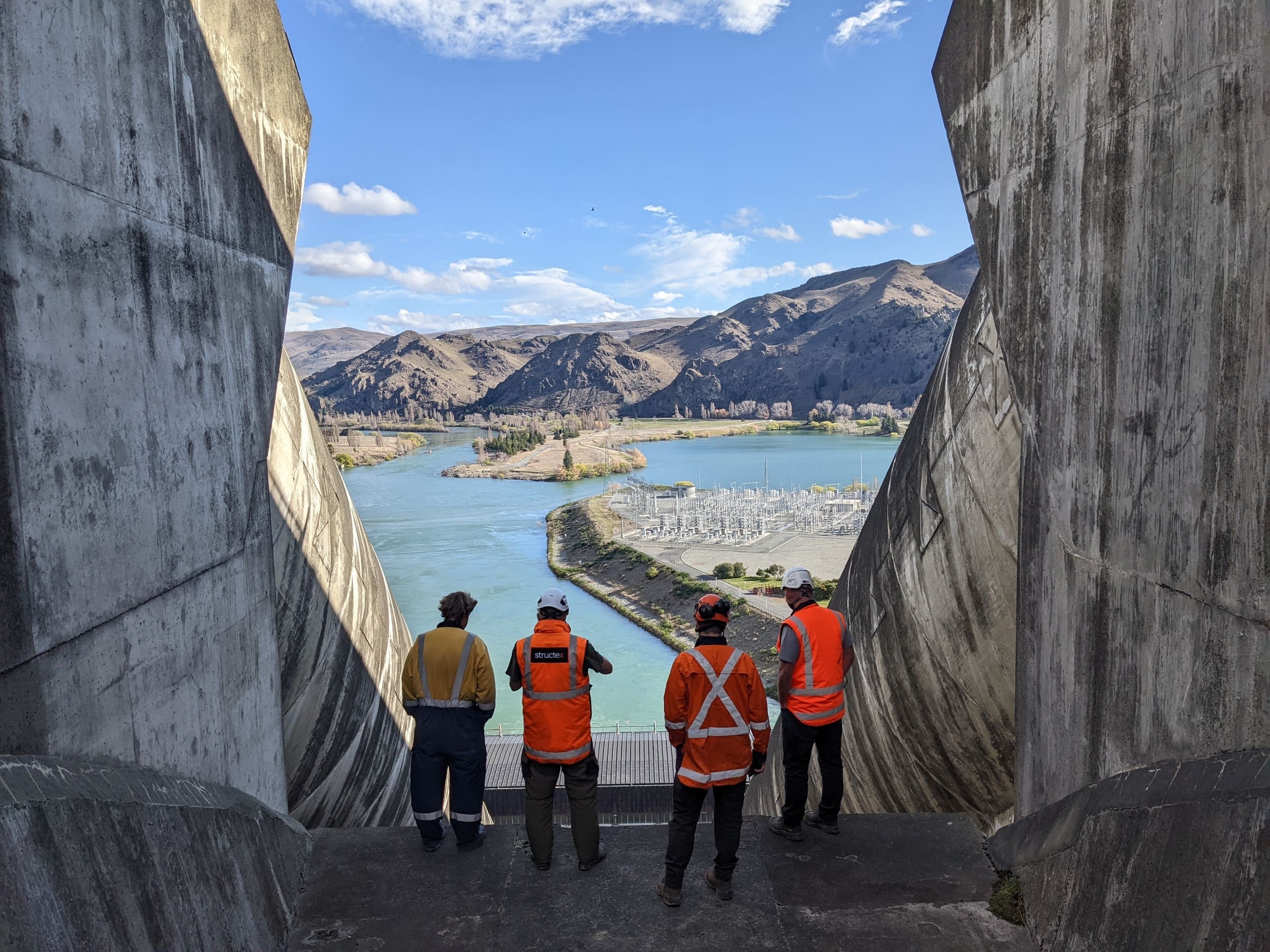Christchurch Wastewater Treatment Plant Recovery Works

After the 2021 fire at the Christchurch wastewater treatment plant, Seipp Construction’s rapid deployment and blended solutions helped restore operations ahead of schedule.
Post-fire repairs at Christchurch wastewater treatment plant
In November 2021, a major fire destroyed the two trickling filters at the Christchurch wastewater treatment plant in Bromley. This not only impacted the treatment process, but also caused distress for local residents due to smoke and odour.
Under pressure to repair the system as quickly as possible, Christchurch City Council contracted Southern Demolition and Salvage to empty the 8 x 55 metre trickling filters, a round-the-clock task that took several months.
Meanwhile, the council contracted our team to restore the treatment process by setting up a sludge-activated treatment system. This required a unique approach, as Seipp Project Manager Stuart Anderson explains.
‘We were tasked with helping the council’s design team to come up with a solution and implement it before the design was complete. At times, it was a “build and design” job, rather than “design and build”.’

Side-by-side solutions
The approach frequently called for the setup of temporary works to get systems running while anticipating the design of permanent solutions.
For example, after the council had supplied aerators and generators housed in temporary buildings, an overpumping system was activated using temporary pumps while contractors awaited delivery and installation of permanent pumps.
‘We then put the permanent pumps and aerators on a temporary electrical connection as the permanent electrical infrastructure was being ordered and dispatched,’ says Stuart. ‘And we used a temporary PLC [programmable logic controller] to manage the operation of the permanent pumps while awaiting the permanent PLC.’
Similarly, the Seipp team installed permanent pump pipework on temporary concrete supports while awaiting the permanent supports.
‘Each level of temporary system required a great deal of planning to allow for the permanent systems to be installed seamlessly, with shutdowns completed at each stage to transfer the operations.’

Industry knowledge essential
‘With limited time to plan, it was vital that we understood council’s key objectives to implement a strategy,’ says Stuart. ‘We had to quickly identify and plan for key risks. Often, planning took place just one week out from key objectives, so every decision had to be right.’
The fast pace and high workload placed considerable pressure on the project team, who at times brought in additional members from the wider Seipp team.
The team’s knowledge of treatment processes, and temporary works, was vital in giving council and subcontractors the necessary confidence to proceed with works. ‘It enabled the new treatment system to restart operations five months earlier than if council had to wait for procured materials,’ notes Stuart. ‘This unique blend of temporary and permanent works was the only way to fast-track a project as urgent as this one.’
.jpeg)














%20(1).jpg)
.jpg)

.jpg)

.jpg)
.jpg)
.jpg)






.jpg)
.jpg)
.jpg)
.png)
.jpg)

.jpg)

.jpg)

.jpg)
.jpg)
%20(1).jpg)


.jpg)
.jpg)

.jpg)
.jpg)
.jpg)
.jpg)


.jpg)